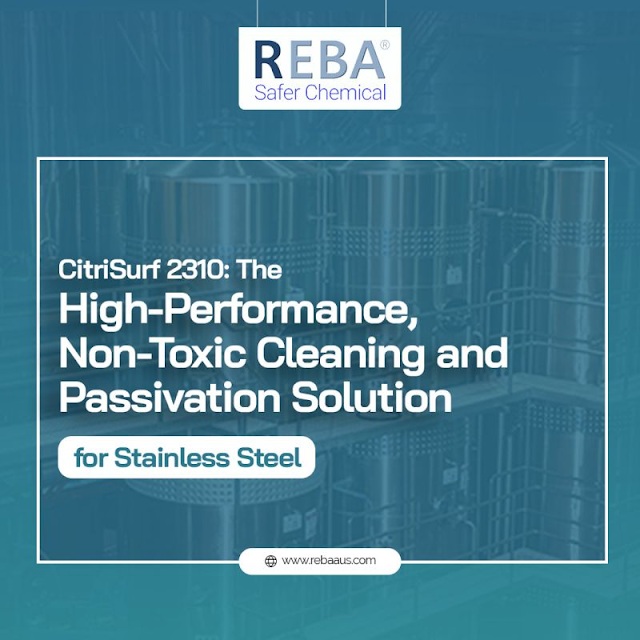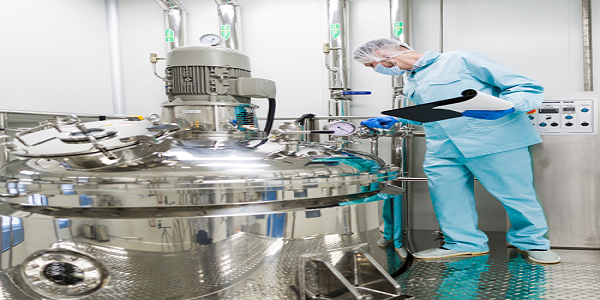Rust Removal from Stainless Steel: How to Make That Happen
Treating or coating a metal with passivation lowers the surface reactivity of the metal to chemicals. In order to avoid rust on stainless steel, passivation entails eliminating any free iron from the metal's surface using an acidic solution. The remaining alloy constituents (mainly chromium, but frequently nickel as well) are left behind as a surface layer over the underlying steel after the surface iron is removed. In the process of Rust Removal from Stainless Steel, these substances react with oxygen in the air to create an oxide layer that shields the rest of the steel from corrosion. The corrosion-resistant surface is susceptible to mechanical, thermal, and chemical degradation. When that occurs, iron is exposed, making the thing more susceptible to rusting.
Stainless steel needs to be passivated to add a layer of protection that will shield it from environmental toxins. Metal that has not been passivated is more likely to have small flaws that allow oxygen and water to enter and other contaminants that lead to rusting.
Passivating Stainless Steel in Two Simple Steps
Degrease the Metal.
The metal's surface may have grease and burrs from manufacturing, which makes it susceptible to rusting. For the chemicals used in the passivation process to generate the protective layer, the flaws in the metal must be removed through cleaning.
Passivation Bath.
After the metal has been thoroughly cleaned, nitric acid or citric acid is used as a chemical bath to treat the stainless steel. Nitric acid is more traditional and accepted in the industry of the two passivation methods. Although, more recently, citric acid has been better for the environment. The chemicals then cause the metal to develop a passive layer.
Top Motivators For Passivation for Stainless Steel Investment
It prevents Stainless Steel from Corroding.
The shielding oxide layer makes the metal impervious to rust-causing contaminants. The layer combines with stainless steel's inherent ability to withstand oxygen to make the material self-healing and essentially unbreakable.
Increases the Metal's Toughness.
The metal can withstand greater loads of stress without buckling, thanks to the passive layer.
Increases the Stainless Steel's Visual Appeal.
Before treatment, the metal is dull and may even have minor burrs or abrasions. The metal is left polished after treatment, with a smooth surface that is strong and thin.
Does not Alter the Metal's Characteristics.
A.0000001-inch-thin oxide layer is all that is left behind after passivation. The thickness of human hair is 1/100,000 of that.
Need Support? Have inquiries? Contact Us!
Watching out for Rust Removal from Stainless Steel? Professionals knowledgeable in the passivation process are available at REBA SCIENTIFIC PTY LTD to meet your demands right away. Send us a message right away!




Comments
Post a Comment